Everything You Need to Know About Roofing Services
A reliable roof is one of the most important investments a homeowner can make, protecting not only the structure of the house but also the safety and comfort of those inside. With so many options for roofing materials, installation methods, and ongoing care, navigating the process can feel overwhelming. According to Roofer's Guild, 99,203 roofing companies operate in the United States, highlighting just how essential and in-demand roofing services are across the nation. From selecting the right materials to ensuring proper installation and maintenance, having a clear grasp of the essentials can make the difference between a roof that lasts decades and one that requires frequent, costly repairs.
1. Types of Roofing Materials
Asphalt shingles are the most commonly used roofing material in North America, preferred for their affordability and ease of installation. They are available in a variety of colors and styles, making them versatile enough to complement any home's exterior. According to our roofers, while asphalt shingles generally last about 20 to 30 years, their lifespan can be significantly shortened by extreme weather conditions, like those experienced in the Southeast United States. This region, noted for its high concentration of roofing contractors due to frequent repair needs, often demands more durable materials. Nonetheless, asphalt shingles remain popular due to their cost-effectiveness and the ability to quickly replace damaged areas.
Metal roofing is gaining popularity due to its durability and energy efficiency. Made from materials like steel, aluminum, or copper, metal roofs can last 40 to 70 years and are highly resistant to extreme weather and fire, according to our roofers. These roofs reflect solar radiant heat, reducing cooling costs in hot environments, which is particularly beneficial in areas prone to high temperatures. In the Southeast United States, where thunderstorms are common, metal roofs provide excellent protection against wind, rain, and hail. By offering a long-term solution with minimal maintenance, metal roofing has become a compelling choice for eco-conscious homeowners.
Tile roofing, often made from clay or concrete, is known for its stunning aesthetic and long lifespan. We've found that these roofs can last over 50 years and are highly resistant to elemental damage, but they are heavier and may require reinforced roof structures. Tile roofing's failure to absorb the sun's heat effectively makes it an ideal option in hot climates. While initial costs can be higher compared to other materials, long-term savings from reduced maintenance and energy efficiency often justify the investment. In regions such as the Southeast U.S. with heavy rainfall, tile roofing provides excellent drainage and resilience.
2. Roofing Installation Process
A proper roofing installation begins with preparing the roof deck, which is crucial for ensuring a solid foundation. This involves removing the old roofing material and inspecting for any structural issues, such as rot or damage. Repairs must be made to the deck to ensure it can support the new materials and withstand environmental stressors. In the Southeast United States, frequent exposure to hurricanes necessitates rigorous inspection and fortification of the roof deck. Proper preparation is vital to ensure a long-lasting and weather-resistant roof.
Underlayment serves as an additional layer of protection beneath the roofing materials, preventing water from penetrating the roof deck. Various types of underlayment are available, including asphalt-saturated felt and synthetic materials that provide enhanced durability and weather resistance. In areas where intense and unpredictable storms occur, selecting an appropriate underlayment is crucial to protect against leaks and water damage. Installing underlayment involves careful alignment and overlapping to ensure full coverage. The choice of underlayment can significantly impact the overall performance and lifespan of the roof.
Once the underlayment is securely in place, the chosen roofing material can be installed according to specific manufacturer guidelines. Each material type, from asphalt shingles to metal panels, has unique installation procedures that must be followed to ensure optimal performance and durability. The Southeast United States, with its extreme weather conditions, requires careful attention to proper sealing and secure fastening of roofing materials. Inexperienced installation can lead to significant issues, such as leaks and wind damage, over time. Attention to detail during installation is paramount to the roof's long-term success.
3. Roof Maintenance and Care
Regular inspections are vital in identifying potential roofing problems before they become serious. Inspections should be conducted at least twice a year, preferably in spring and fall, and after severe weather events. In the Southeast United States, where storms are frequent, regular checks are essential for spotting storm damage, such as missing shingles or leaks. Early detection of issues can help prevent costly repairs and extend the roof's lifespan. Hiring a professional inspector can offer peace of mind and ensure thorough evaluations that a layperson might overlook.
Cleaning gutters and downspouts is essential to maintain proper water drainage away from the roof and foundation of the house. Clogged gutters can lead to water overflow, causing damage to the roof, fascia, and siding, and eventually lead to leaks inside the home. In the Southeast United States, where leaves and debris can quickly accumulate during fall, regular cleaning is particularly important. It's recommended to clean gutters at least twice a year and more frequently if trees surround the property. Properly functioning gutters contribute to the overall health of both the roof and the home’s structure.
Moss and algae can become a major issue for roofs, especially in humid and shaded areas. Their growth can damage shingles and lead to leaks if not promptly addressed. Roof cleaners composed of bleach and water can effectively remove these organic materials and prevent further growth. In the Southeast United States, where humidity is higher, homeowners should be particularly diligent in inspecting for and treating moss and algae.
4. Common Roofing Issues
Leaks are among the most common and concerning roofing issues, as they can lead to significant water damage and mold growth. They often occur around roof penetrations, such as chimneys and vents, where flashing may fail over time. In regions like the Southeast United States, where storms are frequent, roofs are particularly vulnerable to leaks. Regular checks and prompt repairs of damaged shingles or compromised flashings can prevent headaches and expenses associated with water damage. A vigilant approach to detecting leaks early minimizes disruption to home life and prohibits costly restoration work.
Strong winds and severe storms can cause substantial damage to roofs by removing shingles, breaking tiles, or even exposing the underlying deck. The geographic location, such as the Southeast United States, influences the extent to which roofs encounter such conditions. Installing impact-resistant materials and securing roofing components can help withstand the forces of nature. Post-storm inspections allow homeowners to identify and rectify damage promptly, reducing the risk of more significant structural issues. Investing in high-quality, storm-resistant roofing materials is a wise choice for those living in vulnerable regions.
Substandard installation practices can lead to premature wear, leaks, and other roofing problems. Common errors include improper nailing, inadequate sealing, and incorrect flashing placement. These mistakes might not be immediately apparent but can result in costly repairs and reduced roof longevity. Choosing a reputable roofing contractor with a strong track record is crucial in ensuring proper installation.
Roofing services encompass a wide range of activities vital to the integrity and efficiency of your home. From choosing the right materials and installation to maintenance and problem-solving, understanding these components will help you make informed decisions. By selecting the right contractor and exploring sustainable options, you can ensure a durable, cost-effective, and environmentally friendly roof. For professional roofing services you can count on, contact us today at Johnson Roofing Co.
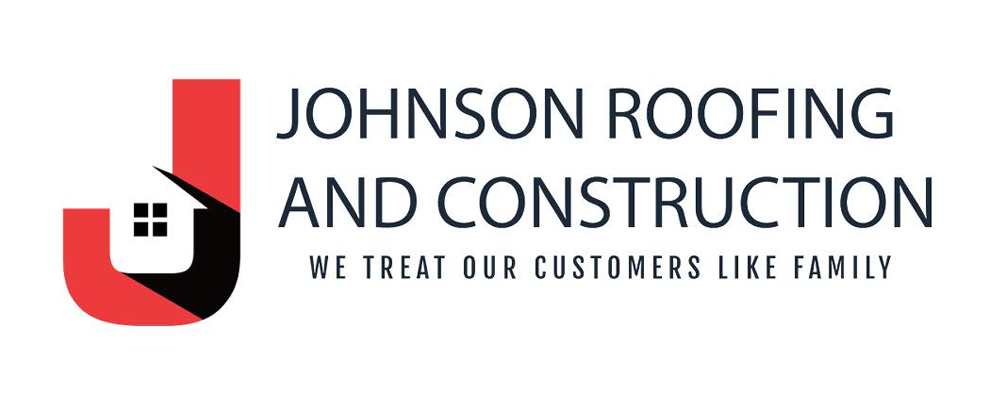

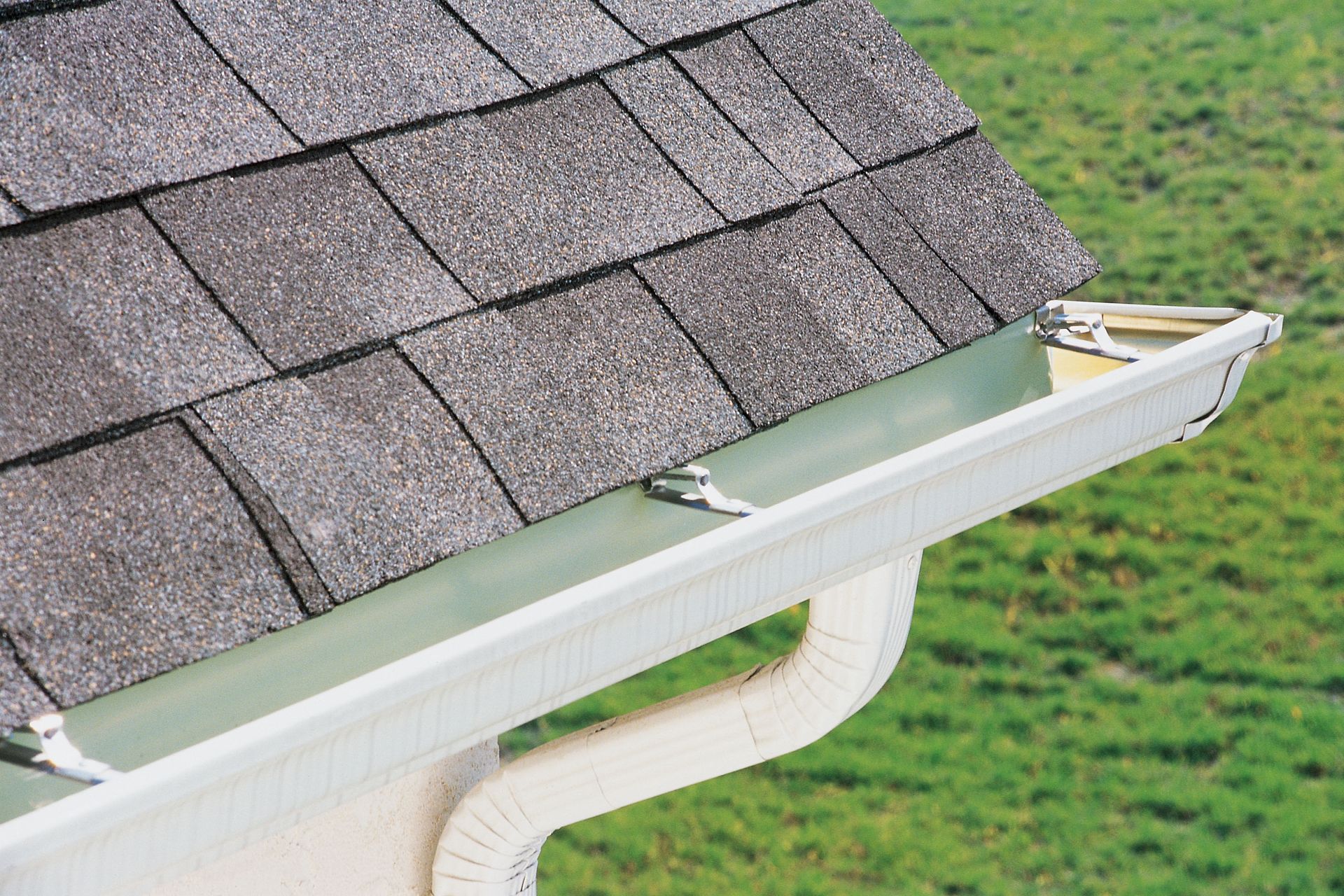
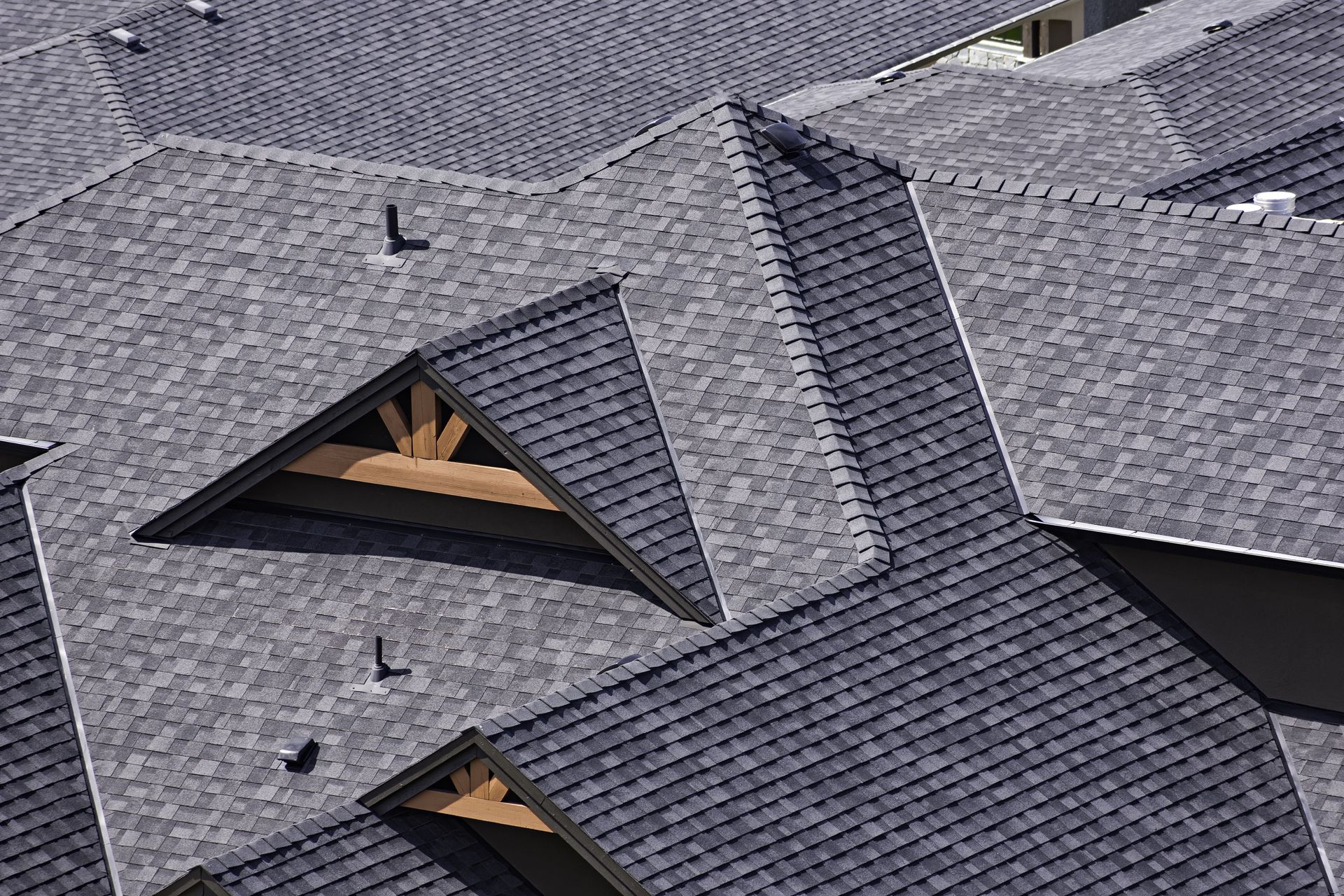
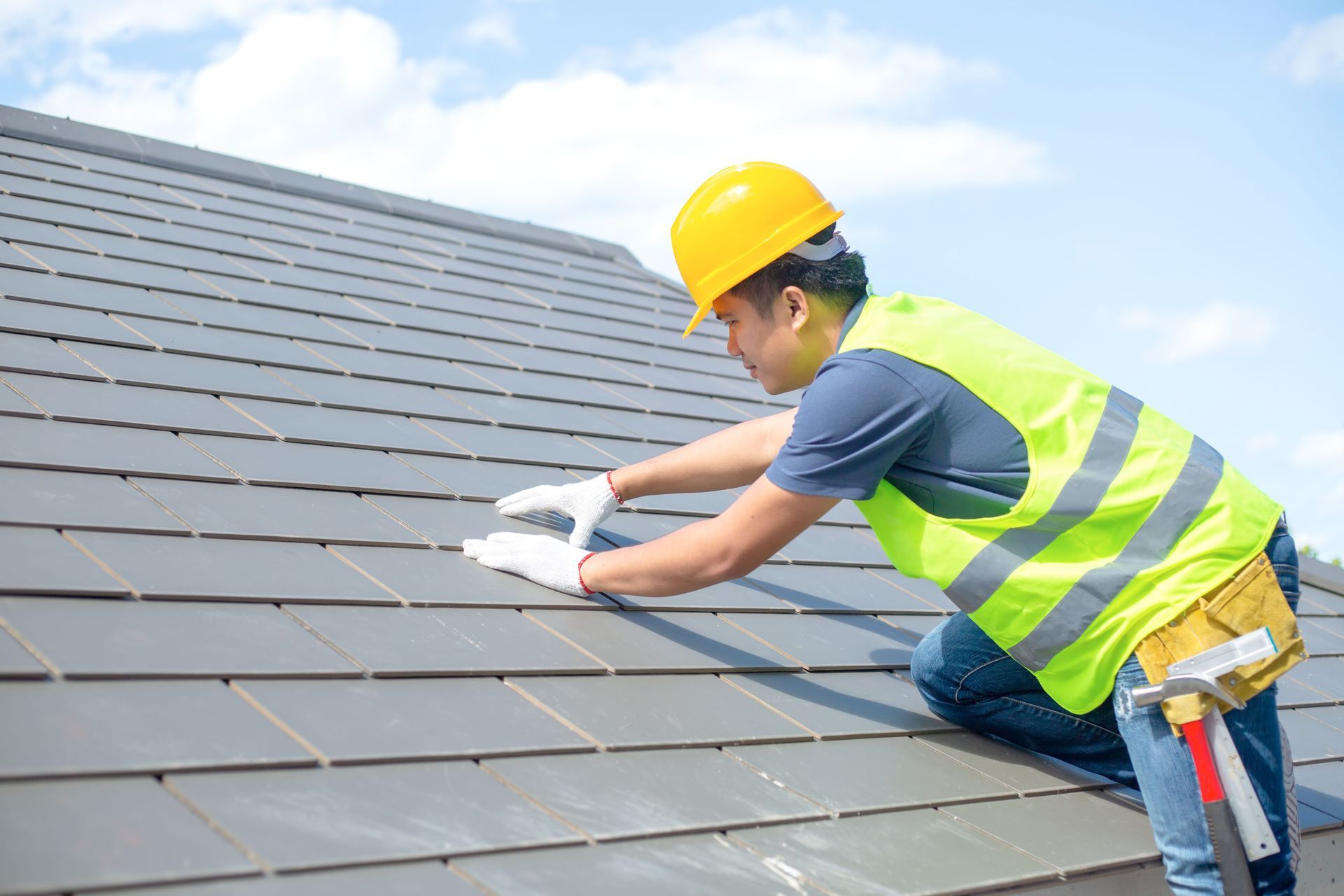




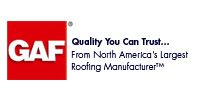
Share On: